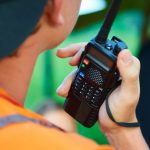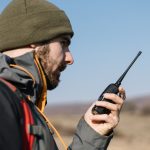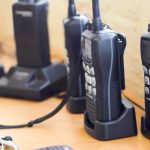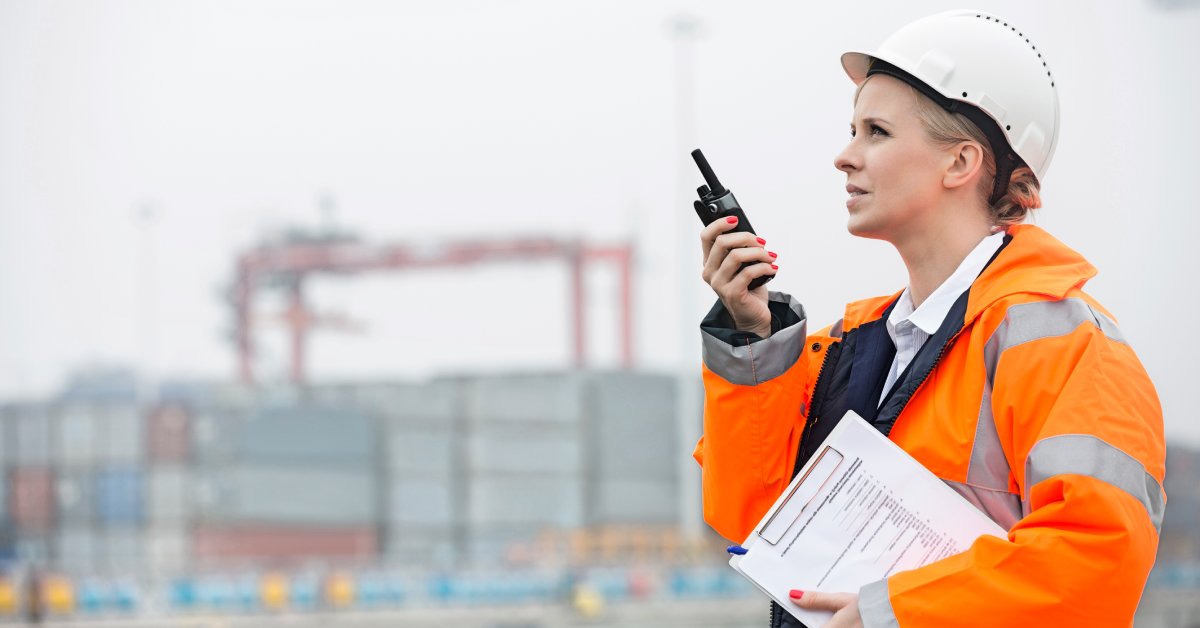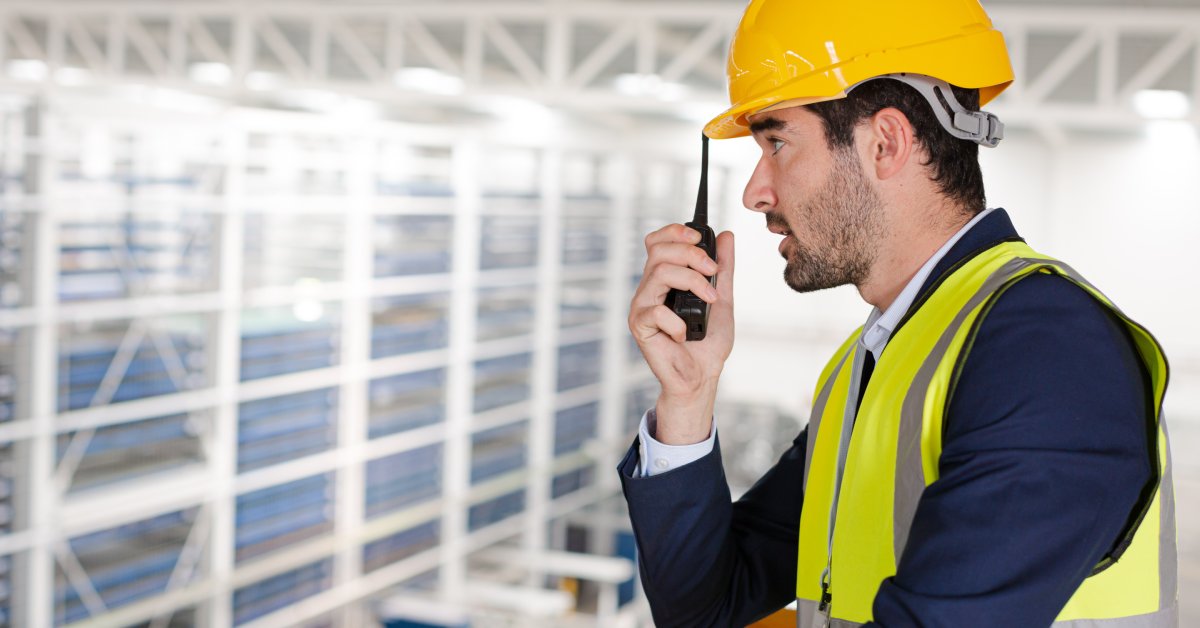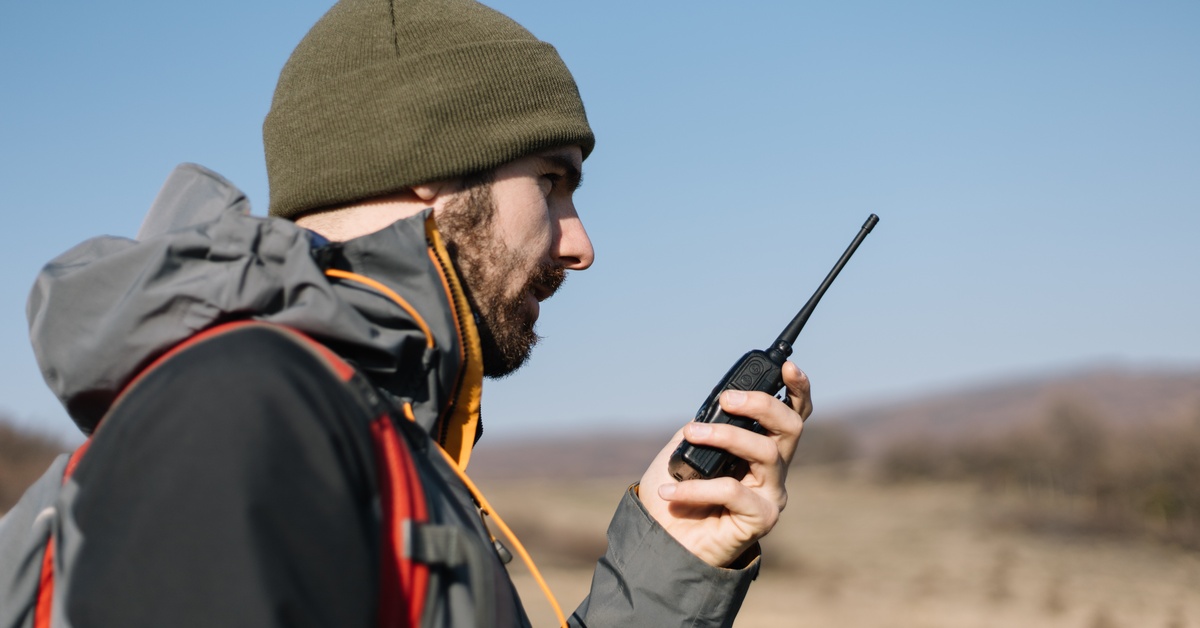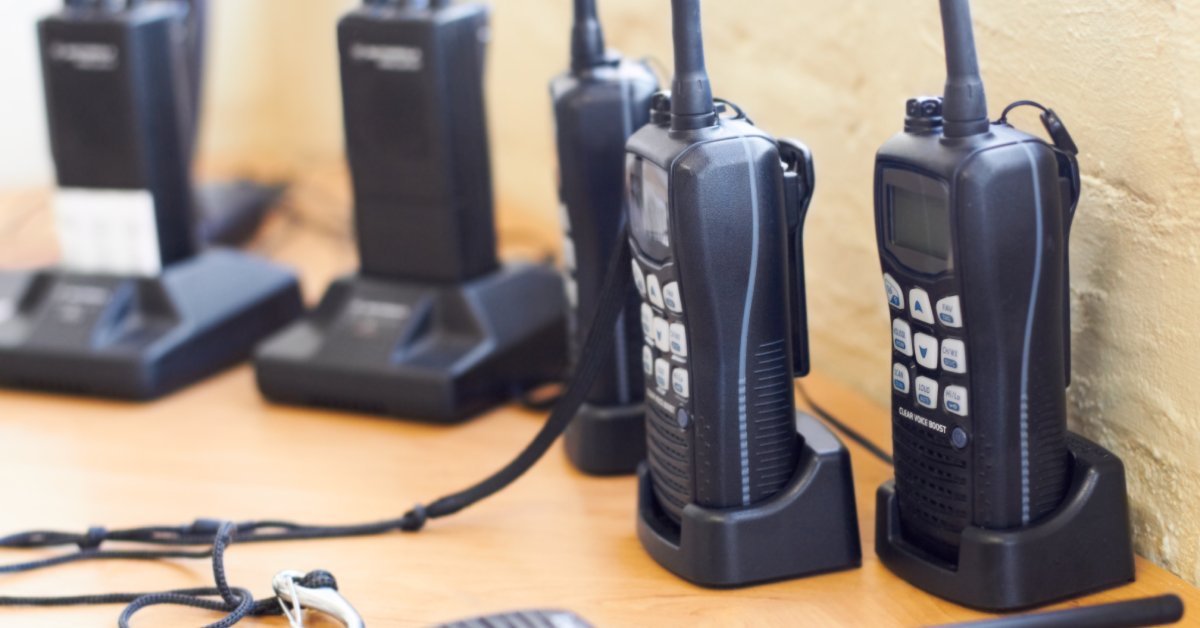Two-way radios have been an essential tool for communication in various industries and personal use for decades. From maintaining security at an event to managing logistics in a warehouse, these radios have proven to be invaluable. However, the advent of digital technology has introduced a significant shift in this space.
Understanding the differences between digital and analog two-way radios is vital for anyone looking to invest in reliable communication tools. We’ll walk you through the finer details of both options, from their technology to their performance and costs, so you can make a well-informed decision.
Understanding Analog Two-Way Radios
Two-way radios have relied on analog technology since their introduction. These radios operate through continuous signal transmission. An analog two-way radio directly converts your voice into electrical signals, enabling real-time communication. It’s a straightforward technology that has stood the test of time.
One of the key benefits of analog radios is their simplicity. They don’t require advanced processing power, which makes them easy to use and maintain. Their reliability is another major advantage. Construction workers, public safety teams, and outdoor adventurers have relied on analog radios for their predictable operation.
However, analog radios have their limitations. While the technology is reliable, it doesn’t adapt well to modern requirements, such as transmitting data alongside voice communication. Furthermore, analog signals are more susceptible to interference and noise, which can affect the clarity of communication, especially in busy or crowded environments.
Understanding Digital Two-Way Radios
Digital two-way radios use more advanced technology to transmit and receive information. Instead of converting voice directly into electrical signals, digital radios encode your voice into binary data. The system transmits and decodes this data on the other end, preserving voice clarity and reducing external interference.
The technology behind digital radios allows them to excel in areas where analog radios fall short. For instance, digital signals are far better at maintaining audio quality over long distances and in challenging environments. The advanced processing capabilities of digital radios also enable additional features that were previously unavailable, such as text messaging, GPS tracking, and group communication capabilities.
Digital radios are particularly suited to organizations that need versatile communication tools. Businesses in industries like transportation, healthcare, and emergency services rely on digital radios for their combination of reliability, clarity, and expanded functionalities. Yet, these advantages come at a cost, as digital radios are typically more expensive upfront compared to their analog counterparts.

Audio Quality
When it comes to audio clarity, digital radios have a clear edge over analog models. Analog radios are prone to static and signal degradation, especially as the distance between devices increases. If you’re working in a noisy environment where every word counts, such as a construction site or a concert venue, the interference in analog systems could pose significant challenges.
Digital radios use error-correction technology to minimize background noise and maintain voice clarity. Even at the far edges of their coverage range, digital radios provide crystal-clear communication without the static that analog devices can produce. This consistent audio quality is one of the defining factors that make digital radios more appealing for many users.
Range and Coverage
When comparing range and coverage, both analog and digital radios offer strong capabilities, but they achieve these differently. Analog radios generally work well within short-range scenarios but experience gradual signal loss over distance. This means that the farther away you are from the transmitting unit, the more the audio clarity will deteriorate.
Digital radios, by contrast, maintain their audio quality across their entire range. Because digital signals are binary, they either work perfectly or cease entirely, offering consistent communication at the outer edges of their range. Additionally, some digital radio systems have repeaters, which extend their range significantly. This makes digital radios a preferred choice for users requiring reliable long-distance communication.
Features and Capabilities
Analog radios focus on the essentials—real-time voice communication. While they accomplish this efficiently, they have limited capabilities. They lack the versatility needed for complex communication networks in industries like healthcare, transportation, and emergency services.
Digital radios, on the other hand, offer advanced features that go beyond simple voice communication. These include text messaging, encrypted communication for enhanced security, and GPS tracking for location-based services. Digital radios can also facilitate simultaneous communication through time-division multiple access (TDMA) technology, allowing different groups to communicate over the same frequency without interference.
The flexibility and functionality of digital radios make them a powerhouse for modern communication needs. Businesses looking to streamline operations and enhance efficiency often gravitate toward digital options for this very reason. However, for users who only need straightforward voice communication, analog radios remain a practical solution.

Cost Considerations
Cost is often a determining factor in the decision between analog and digital two-way radios. Analog radios are generally more affordable, especially at the outset. Their simple technology and lower production costs make them a budget-friendly option for many users. They also tend to have a lower cost of repair, as their components are easier to replace.
Digital radios, while more expensive initially, offer long-term value that can offset the upfront investment. Features such as enhanced audio quality, expanded range, and added functionalities reduce operational inefficiencies, potentially saving money and time in the long run. Additionally, digital radios often have better battery efficiency, meaning they require less frequent charging, which is another cost-saving factor to consider.
The Right Radio for Your Needs
Deciding between analog and digital two-way radios ultimately depends on your specific communication needs and budget. Analog radios are a reliable, cost-effective option for straightforward, short-range communication. If you operate in environments where basic functionality meets your needs, analog radios remain an excellent choice.
Digital radios excel in situations that require crystal-clear audio, extended range, and advanced features. For industries that depend on efficient communication and quick data sharing, digital radios provide an unmatched solution. While they come with a higher initial cost, the long-term benefits make the investment worthwhile.
Staying Connected With Battery Distributors
Choosing the right radio requires balancing your communication requirements with your budget. Regardless of your decision, understanding the differences between digital and analog two-way radios is the first step toward improving your communication capabilities.
To keep your two-way radios operating optimally, Battery Distributors offers an array of high-quality battery solutions, including Motorola handheld radio batteries. No matter the industry you’re in, we make communication easy by reliably powering your devices. Find the perfect battery for your needs today.



